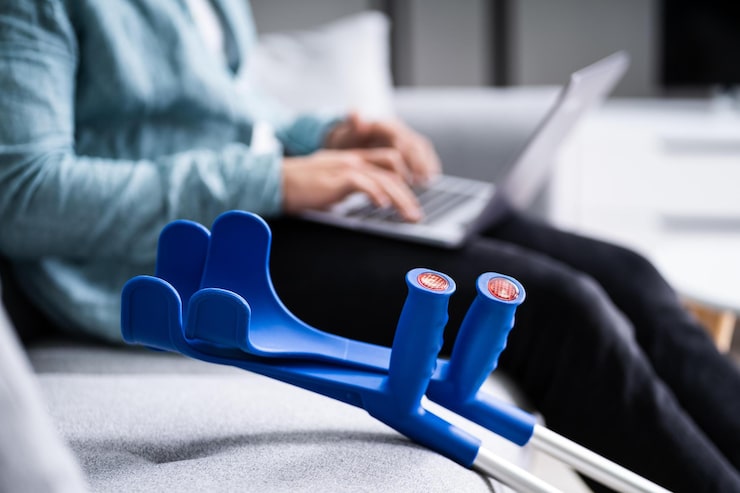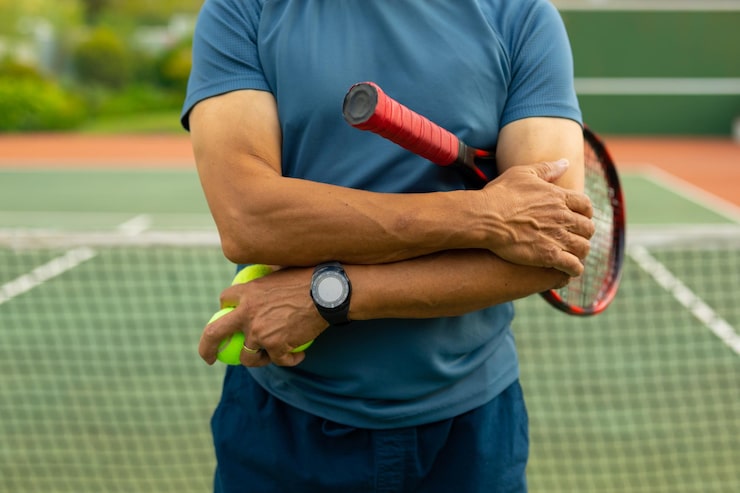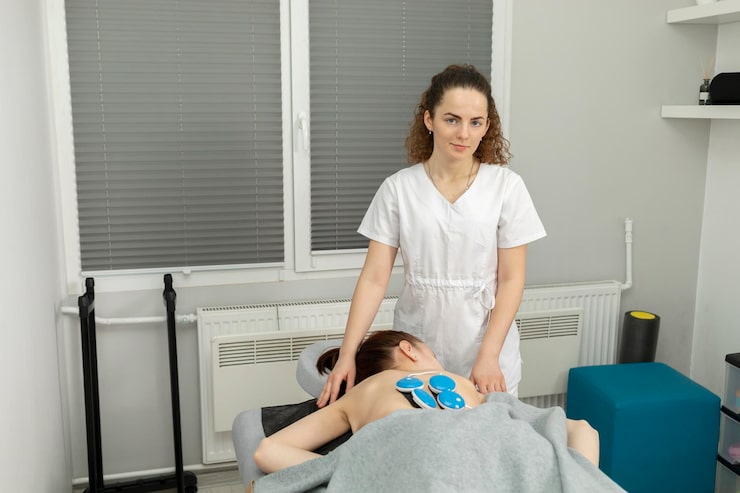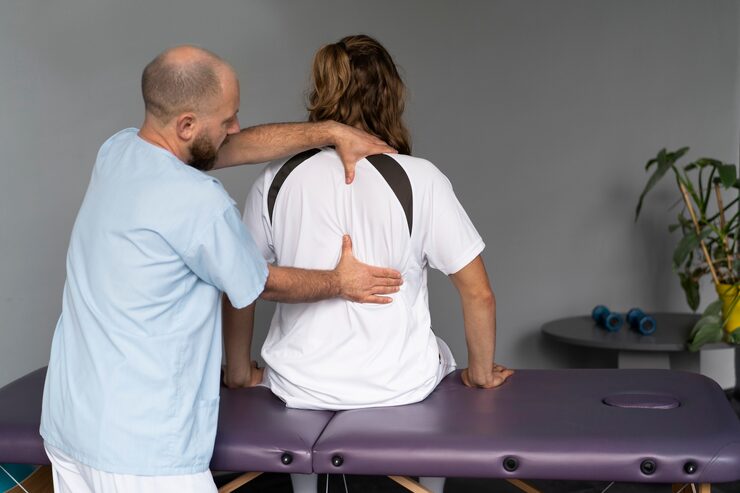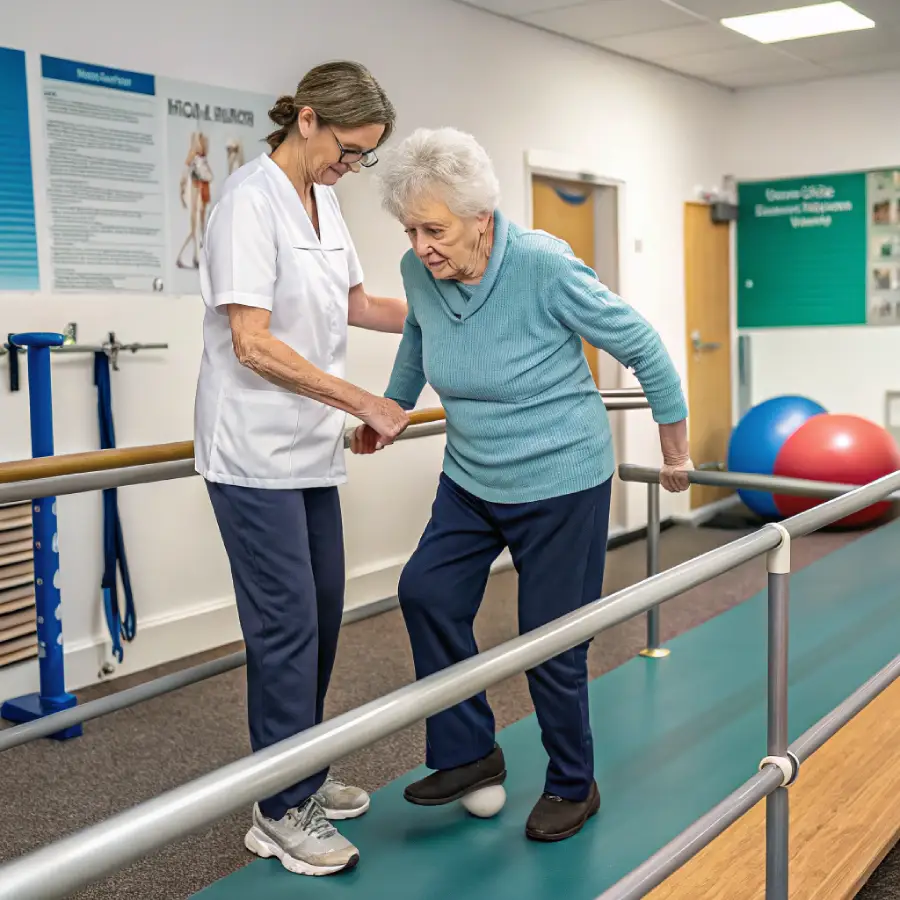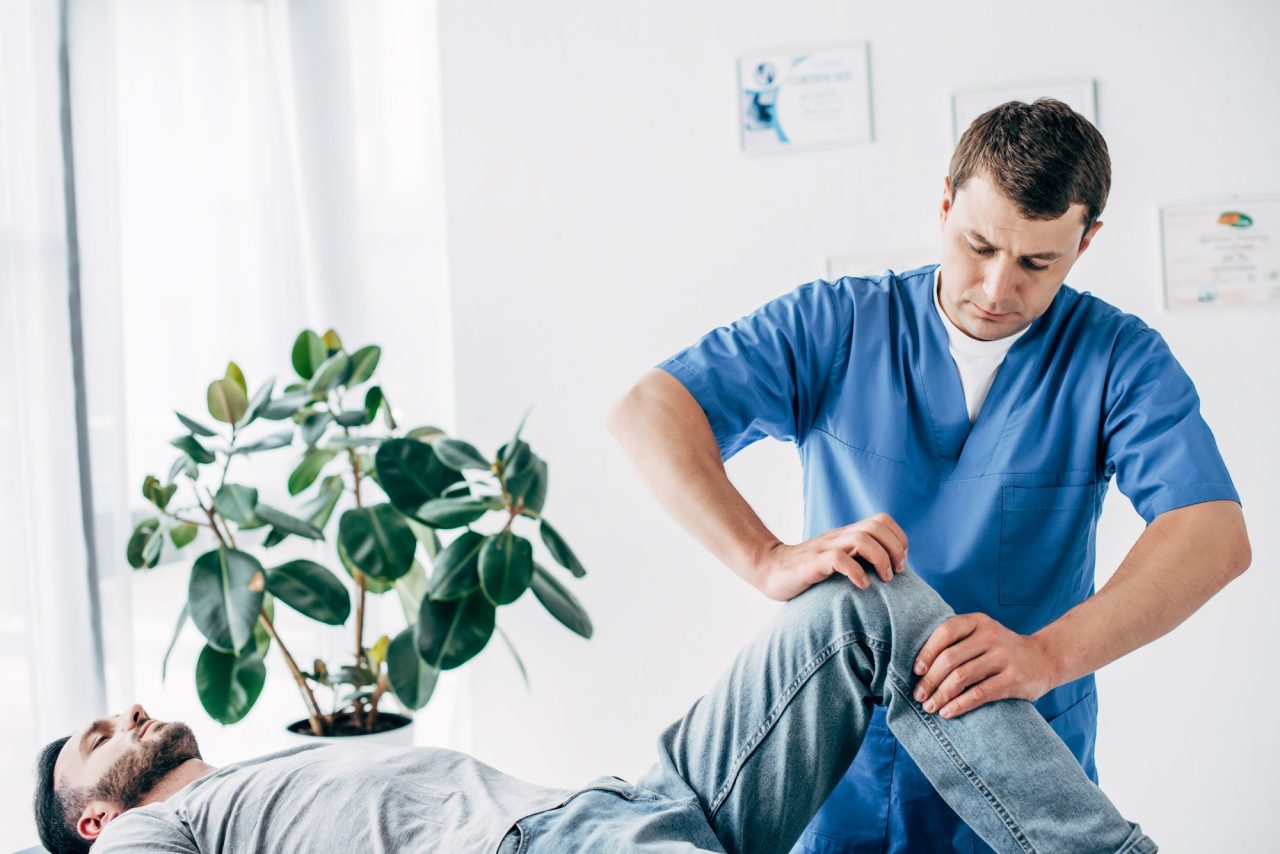Imagine a scar from a past surgery or injury that still feels tight, limiting your movement or causing discomfort years later. Scar tissue, while essential for healing, often leads to stiffness, pain, and reduced flexibility. Research indicates that massage therapy for scar tissue management can significantly enhance scar pliability and reduce discomfort in over half of cases. This accessible, non-invasive method empowers you to take control of your recovery.
This comprehensive guide dives into the science of scar tissue, explains how massage therapy works, outlines practical techniques, highlights benefits, and answers common questions. Whether you’re healing from a recent procedure or managing an older scar, these insights can improve your quality of life. Keep reading to discover how massage therapy for scar tissue management can support your healing journey.
Understanding Scar Tissue: Formation and Challenges
Scar tissue forms when the body repairs damaged skin or deeper tissues after trauma, surgery, or inflammation. Composed of collagen fibers, it differs from healthy tissue due to its less organized, fibrous structure, a process called fibrosis. While this helps close wounds, it can lead to complications if not addressed.
The healing process unfolds in three stages: inflammation, proliferation, and remodeling, which may last months or years. During remodeling, scars mature, but adhesions—bands of tissue sticking together—can form, restricting movement. Understanding these phases is key to effective intervention.
Common Causes of Scar Tissue
Scar tissue arises from various sources, including cuts, burns, sprains, or surgical procedures like C-sections or joint replacements. Up to 93% of surgical patients develop some degree of scar tissue complications. Chronic conditions, repetitive strain injuries, or poor wound care can exacerbate buildup.
Burns often lead to hypertrophic scars, which are raised and tight, causing itchiness or contractures. Athletes and manual laborers face higher risks due to repeated micro-injuries. Infections or improper healing can worsen outcomes, turning minor scars into significant issues.
Issues with Untreated Scar Tissue
Left unmanaged, scar tissue can cause chronic pain and limit range of motion, impacting daily tasks like bending or lifting. Adhesions may pull on muscles or nerves, leading to referred pain or numbness. Emotional distress, including anxiety over appearance, affects many, with studies linking scars to psychological challenges.
Severe cases, like keloid scars, involve overgrowth, causing persistent itching or sensitivity. Over 50% of untreated scars lead to ongoing issues, highlighting the need for proactive management.
Explore expert massage therapy in Scarborough for scar tissue management and pain relief
How Massage Therapy Supports Scar Tissue Management
Massage therapy for scar tissue management uses targeted techniques to break down adhesions and promote collagen remodeling. By improving blood flow, it delivers nutrients and oxygen to the scar, aiding natural healing. Evidence shows it enhances scar elasticity and reduces thickness effectively.
This gentle approach suits both recent and mature scars, complementing therapies like physical therapy or moisturization. Starting once the wound is closed maximizes benefits, though older scars can still improve with consistent effort.
How Massage Works on Scars
Massage stimulates fibroblasts, cells that produce collagen, to align fibers more naturally, reducing fibrosis. Enhanced circulation clears inflammatory byproducts, easing pain and swelling. Techniques like friction massage create controlled micro-trauma, encouraging scar remodeling.
For burn scars, massage significantly reduces itching and anxiety, offering holistic relief. It fosters a balanced healing environment, improving both function and comfort.
When to Start Massage Therapy
Begin 2-3 weeks after the wound closes, ensuring it’s stable but pliable. Always consult a healthcare provider, especially for surgical scars, to avoid risks. Regular sessions, paired with hydration and sun protection, optimize outcomes.
For older scars, progress may be slower, but benefits are still achievable. Tracking texture and mobility changes helps measure success. Daily routines ensure long-term adherence.
Practical Massage Techniques for Scar Tissue
Different techniques target specific scar characteristics, from surface-level to deep tissue issues. The right method depends on the scar’s type, location, and age. A registered massage therapist (RMT) can guide safe application.
Start with light pressure, increasing gradually, and use a lubricant like vitamin E oil to minimize friction. Daily sessions of 5-10 minutes yield the best results.
Cross-Friction Massage
This method involves rubbing perpendicular to the scar to disrupt adhesions. Use fingertips or thumbs, applying firm, short strokes. It’s ideal for tendon scars or sports injuries.
Studies show it improves pliability, especially for burn scars. Avoid inflamed areas and pair with stretching for better outcomes.
Myofascial Release
This technique uses gentle, sustained pressure to release fascial restrictions around muscles. Hold positions for 3-5 minutes to soften tissue. It’s effective for post-surgical adhesions.
Patients report less tightness and improved mobility. Foam rollers can assist at home, though professional sessions are often faster.
Cupping and Instrument-Assisted Techniques
Cupping employs suction to lift tissues, boosting circulation and breaking scar bonds. Silicone cups are practical for home use. Instrument-assisted soft tissue mobilization (IASTM) uses tools to scrape and mobilize tissue.
Both reduce scar thickness, per research reviews. They suit hypertrophic scars but require caution to avoid bruising.
Here’s a comparison table of techniques:
| Technique | Best For | Duration | Benefits | Potential Drawbacks |
|---|---|---|---|---|
| Cross-Friction | Linear or tendon scars | 5-10 min | Breaks adhesions, enhances pliability | Temporary soreness |
| Myofascial Release | Widespread adhesions | 3-5 min holds | Reduces tightness, improves mobility | Slower results |
| Cupping | Hypertrophic scars | 5 min | Boosts circulation, reduces thickness | Risk of bruising |
| IASTM | Deep scars | 5-7 min | Precise, pain relief | Requires tools or expertise |
Image Alt Text: Therapist applying cross-friction massage for scar tissue management
Benefits of Massage Therapy for Scar Tissue
Massage therapy offers physical, aesthetic, and emotional benefits. It reduces stress hormones, promoting overall well-being. Consistent use leads to lasting improvements in scar function and appearance.
Notable benefits include up to 50% pain reduction and better range of motion. It also supports mental health by alleviating scar-related anxiety.
Physical Benefits: Pain and Mobility
Massage desensitizes nerve endings, breaking pain cycles and reducing inflammation via improved blood flow. This enhances mobility, especially around joints, making daily tasks easier.
Research confirms significant gains in scar elasticity and reduced thickness. For athletes, this means faster recovery and return to activity.
Aesthetic and Sensory Improvements
Regular massage smooths scar texture and evens pigmentation, making scars less visible. It reduces itching and hypersensitivity, improving comfort. Burn scar patients often experience better skin glide, preventing contractures.
Clinical trials show massage outperforms no intervention in pliability scores. It also lowers risks of keloid formation.
Emotional and Holistic Benefits
Therapeutic touch promotes relaxation, easing anxiety tied to scar appearance. It empowers individuals, fostering control over recovery. Combined with mindfulness, it supports mental health.
Some studies suggest reduced depression symptoms, though further research is needed. Overall, it cultivates a positive healing mindset.
- Pain Relief: Up to 50% reduction in chronic discomfort.
- Enhanced Pliability: Softer, more flexible scars.
- Better Circulation: Improved nutrient delivery for healing.
- Less Itching: Reduced irritation and sensitivity.
- Improved Mobility: Greater range of motion.
Frequently Asked Questions About Scar Tissue Massage
Scar tissue management raises many questions. Here, we address key concerns using expert insights and research, covering scar tissue massage benefits, safety, and more.
What Are the Key Benefits of Scar Massage?
Massage reduces pain, improves mobility, and enhances scar appearance. It breaks adhesions, easing tightness. Research confirms reductions in itching and anxiety.
How Often Should I Massage Scar Tissue?
Perform 5-10 minute sessions daily once the wound is healed. Consistency is crucial, but adjust based on comfort. A professional can tailor frequency to your needs.
Can Massage Help Old Scar Tissue?
Yes, mature scars can improve with massage, though changes are gradual. Deep friction techniques remodel collagen over time. Regular effort is essential.
Are There Risks to Massaging Scar Tissue?
When done properly, risks are low, but avoid open wounds or infections. Excessive pressure may cause irritation. Consult a doctor for sensitive scars.
What Products Support Scar Tissue Massage?
Use hypoallergenic oils or vitamin E creams for lubrication. Silicone sheets enhance results. Avoid harsh chemicals to prevent inflammation.



